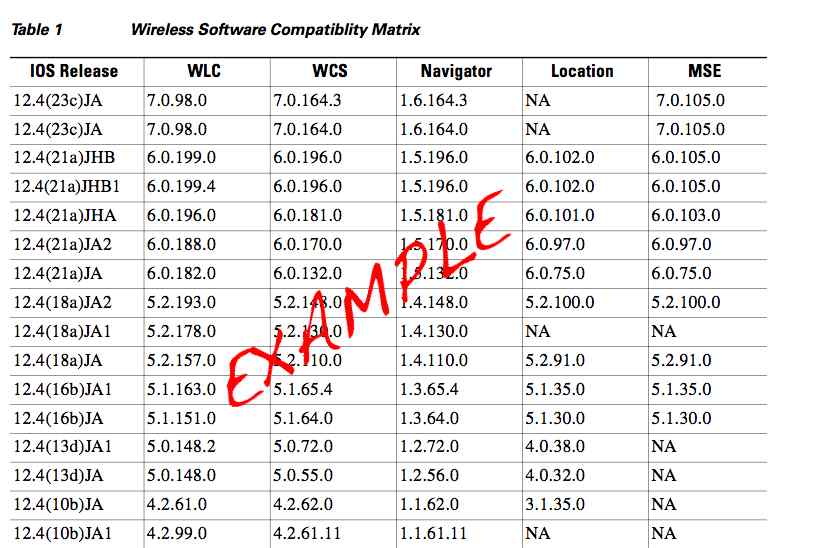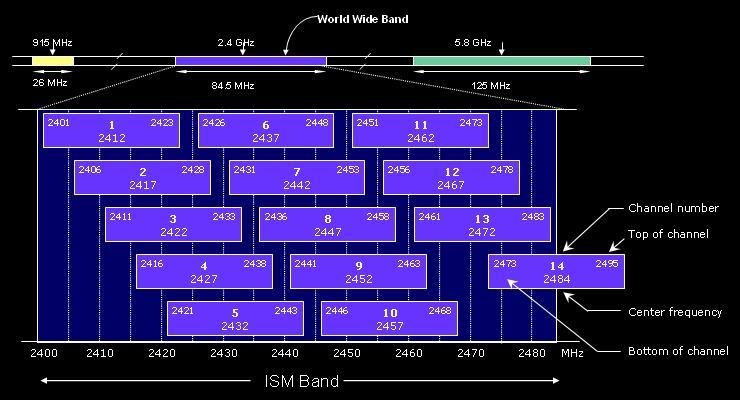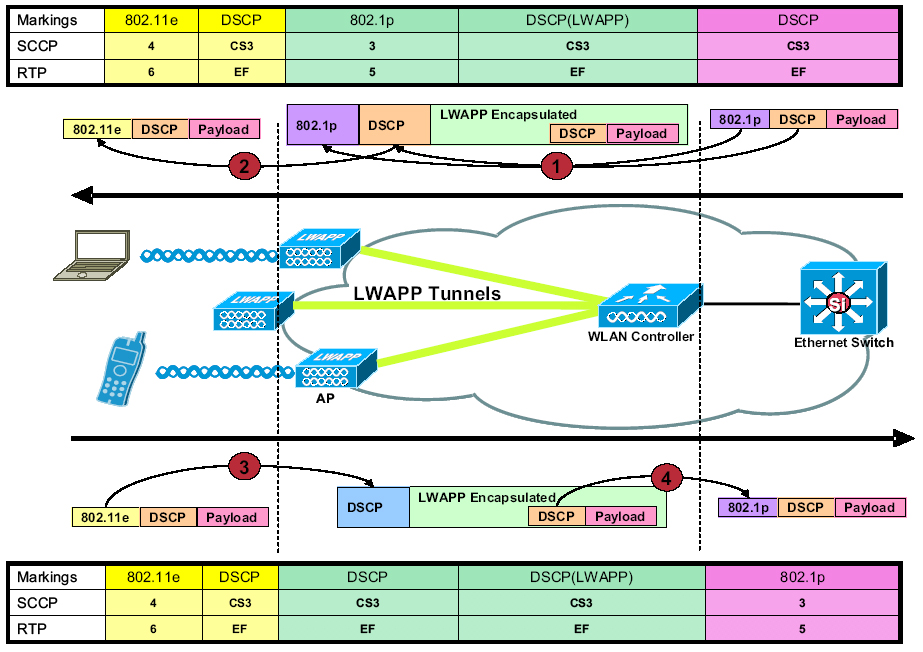802.1x or 802.1X – That is the question!
 Friday, April 23, 2010 at 11:00PM
Friday, April 23, 2010 at 11:00PM
There is no other group in IT that focuses on details like ‘us’ wireless geekz. We read through books, PDFs, press releases and study every little detail! Last week the question came up. Is it, 802.1x (lower case) or 802.1X (upper case). BTW ~~ Headers aren't showing properly, but you get the idea.
So what is the difference between a small x and a capital X ? Let’s first look how the IEEE assigns the numbers we reference everyday…. Let’s pick on 802.11 and 802.3, shall we.
802 = PROJECT
First , you have the 802 (PROJECT). This is the ROOT level of the tree. We reference 802 as part of 802.3 and 802.11 standards all day long. Think of 802 as the root / base of the tree.
and 802.11 standards all day long. Think of 802 as the root / base of the tree.
802.11 or 802.3 = WORKGROUPS
Under the 802 project the IEEE assigns something called “workgroups”. A workgroup is formed to solve certain issues. These are the folks that create the STANDARDS, key word here STANDARDS. Standards created by the workgroup always references capital letters, should there be a letter in the standard *cough* 802.1X
Let’s look at two standards.
802.3 = Ethernet Standard
802.11 = Wireless Standard
802.11n or 802.3af = TASK GROUP
Under the STANDARD you have something called TASK GROUPS. So the standard was defined and as needs arise and modifications are needed to the standard (also referenced as amendments), tasks groups are formed. Task groups start with a single lower case letter and sequentially progress a,b,c,d,etc.
For example, the 802.11 STANDARD was created and a TASK GROUP called ‘a’ was formed, also called the 802.11a amendment.
(Note: once all the single letters are used, an additional letter will be applied. For example 802.3af)
So break it down ….. 802.11n = WHAT?
(802 = PROJECT + 11 = WORKGROUP + n = TASK GROUP)
BACK to 802.1X
802 is the project, of course. We just covered that …
1X is the WORKGROUP that created the 802.1X standard. The standard is ALWAYS referenced with a capital letter, in this case X. 802.1X IS THE STANDARD, as there isn't any amendments. So if you answered: Capital X, you are correct!















Reader Comments (1)
Good info George.
The IEEE steer shy of some letters that could cause confusion. For example, the letter "l" [ lowercase L ] is not used to the best of my knowledge, as it could be confused with the number "1". The letter "O" falls into the same category, as it could be confused with the number "0" [ Zero ].
An interesting aspect of the IEEE is that all their forums and discussions are available as public records. They did this deliberately so that if certain groups with a particular interest [ for example one manufacturer compared to another ] were holding up the adoption of a standard for their own reasons [ as opposed to the benefit of many ] they may be a little less likely to contiue with this as compared to a "closed door" setup.
The IEEE's balloting system is one of the fairest iand most efficient in existence.
Dave